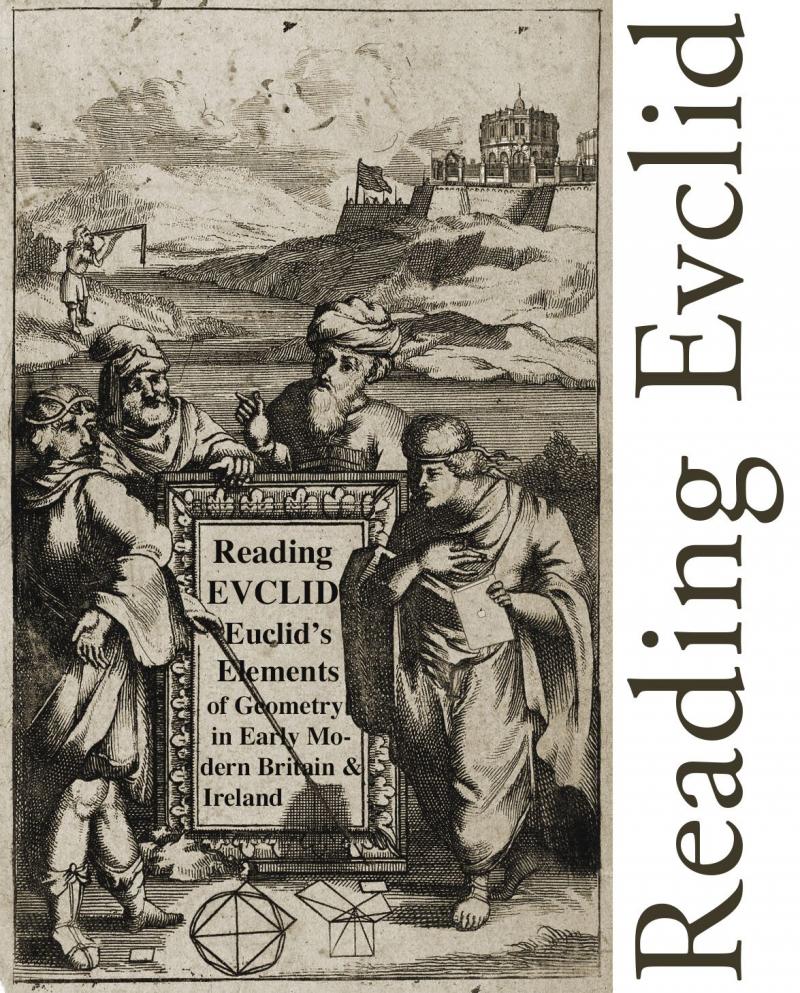Reading Euclid
Reading Euclid: Euclid's Elements of Geometry in Early Modern Britain and Ireland
Euclid's Elements of Geometry has enjoyed a very long history of use and study from Hellenistic Alexandria to the present day. For many centuries it has been both a canonical mathematical text and an important element in the reception of ancient thought. It has been read as a practical and a theoretical text; it has been studied for its philosophical ramifications and for its perceived potential to inculcate logical thought. It has also been critically important in the teaching of mathematics at many times and places. For the historian, it represents a location where history of mathematics meets history of ideas; where the history of the book meets the history of practice.
Nowhere was this more so than in the early modern period when the Elements was particularly visible, with nearly 200 printed editions appearing between 1500 and 1700. It was an absolutely crucial part both of the mathematical culture of the period, and of the construction of the ancient Greek past by early modern thinkers. In fact, it was embedded in early modern culture, and read by individuals ranging from schoolchildren to elite astronomers, from popular playwrights to learned philosophers. If Copernicus's De revolutionibus was the book that 'nobody read' (as Gingerich memorably put it), Euclid's Elements was the one that everybody read.
No mathematical text had such an impact on early modern culture, yet the early modern reception of the Elements has never received sustained scholarly attention. Commencing in October 2016, this two-year AHRC-funded project remedies this gap in scholarship.
Website: http://readingeuclid.org/
Twitter: https://twitter.com/ReadingEuclid

'Reading Euclid' aims to draw scholarly attention to the great importance of Euclid's Elements for early modern culture in Britain, as well as start a conversation about the cultural location of geometry and mathematics in general during this period. In addition to examining the mathematical debates generated by this book and their connections to the the larger cultural context, using multiple approaches (history of early modern mathematics, history of the book, social history of mathematics, history of education, etc.), we study how the book was collected and read by amateurs and scholars alike paying special attention to the kinds of marks and annotations these readers left behind; how it was used in education in formal and informal settings by teachers and schoolchildren, by architects, craftsmen and mathematical practitioners, and even by coffee house regulars. Through our 'Printing Euclid' collaboration we also consider the logistics and mechanics of printing, to gain insight into the practical and economic constraints that may have influenced editorial decisions.
Our project will result in open-access publications and datasets, workshops, and a public exhibition at the Bodleian Library.



